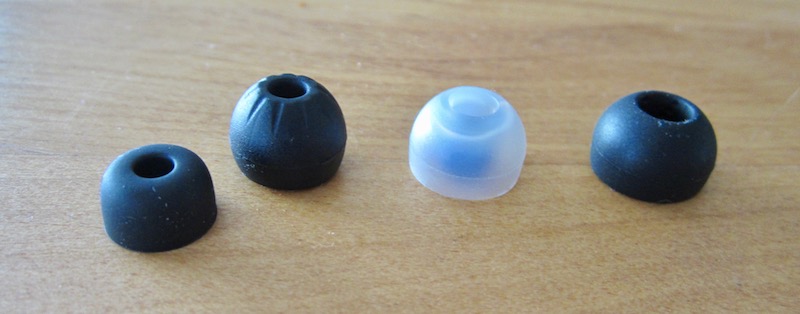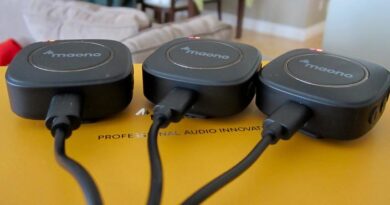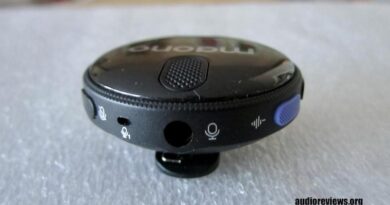Announcing The Premium Eartips Project
The sound of earphones greatly relies on many factors: drivers, crossovers, tuning, filters, cable etc. But at the end of this chain is the eartips, which can be a real bottleneck as the sound of most earphones is to some degree tip dependent. When it comes to silicone eartips, the listener can principally choose between narrow-bores and wide-bores. The main sonic differences between the two is that the narrow-bores boost the bass perception (the actual bass response stays the same) while taming the treble, whereas the wide-bores reduce the perceive bass and emphasize treble by slightly reducing the treble peak and moving it to higher frequencies. Here an example:



Ok, there are also foams as alternative to silicone tips. Foams seal better but I personally don’t like them as they suck life out of the sound for my ears. Suum cuique…

Some earphones come with a healthy selection of carefully selected eartips, others don’t. The latter may include a company’s standard selection of tips, regardless of whether these combinations sound good and/or fit well or not. And if it does not in many cases, the whole earphone underperforms. What a pity. In order to unlock the full capacity of an earphone, aficionados swear on “tip rolling” that is fitting different tips in search of the optimal sound.


One can buy third-party tips on the internet, some really cheaply such as the famous “Starline” tips. Most of these cheaper tips are narrow bores, and the fewest of them look attractive. Yes, some people treat their earphones, especially their expensive ones, like jewelry, and functionality alone may not please them. A $$$ earphone that has a visual bottleneck at the nozzles may not be good enough. Those may choose both a fancy looking cable and fancy looking eartips.

After having been skeptical and deterred by the price, I recently started purchasing some premium eartips, starting with JVC Spiral Dots, Ostrys, and SpinFits. By coincidence, Spinfit supplied me with a few free review units on top of it, and so did Azla. Azla is a rather cryptic company that distributes their stuff exclusively in Asia. Their eartips come recommended by my Asian colleagues.

As was established above, narrow-bore tips and wide-bore tips do different things to the sound perception. The SpinFits and the Ostrys are narrow-bores, the JVC Spiral Dots and the Azla are wide-bores: apples and oranges. But apart from sound, the Spinfits also target an improved fit to correct for poor nozzle angles. In order to test the advantages of premium tips over stock tips, apples and apples and oranges and oranges will have to be compared: this means similar shapes and bores in all cases. A comparison of premium narrow-bores with premium-wide bores is futile.

In some future earphone reviews as well as dedicated strip reviews, I will compare compare compare: stock tips with premiums, premiums with premiums, etc. for a statistically sound sample size in order to come up with general and specific observations and interpretations.

The fundamental question is: are premium earphones generally “better”, is their high(er) price universally justified. Should we or shouldn’t we?
Rest assured, the answers will not be as clear-cut as you may think.
Until next time…keep on listening!


You find an INDEX of our most relevant technical articles HERE.





You find an INDEX of our most relevant technical articles HERE.
FURTHER READING
Tweaking Tips – A Simplified Guide To IEM Silicone Eartips by KopiOkaya (2020-03-24)
The Iconic AZLA SednaEarfit Silicon Tips – Is Their Price Justified? by Jürgen Kraus (2019-12-22)
The Flip Tip: Creating Big Widebore Tips From Reversing Starlines by Slater (2019-09-16)








Tipsy tippy tips… They are the essential part of maximizing our audio experiences.
Give me cheapest large black triple flanges, or give me death!